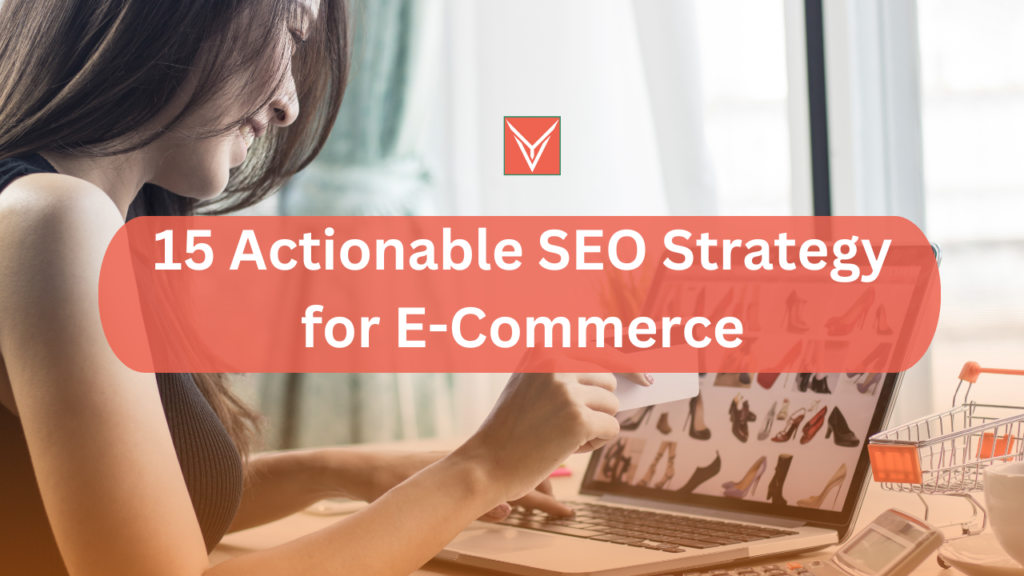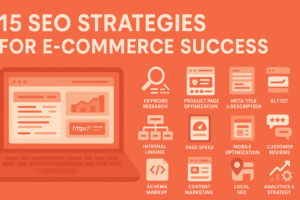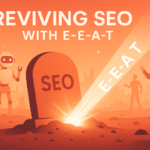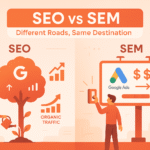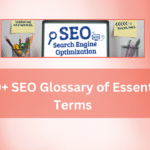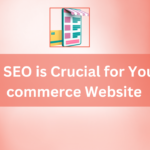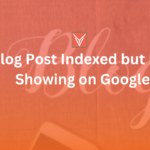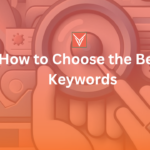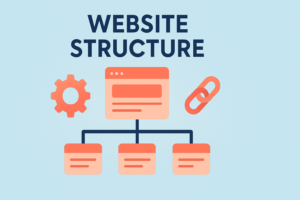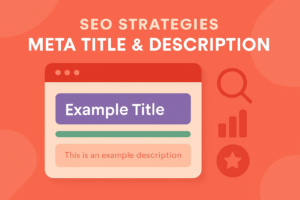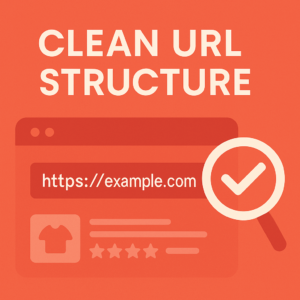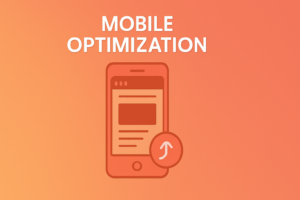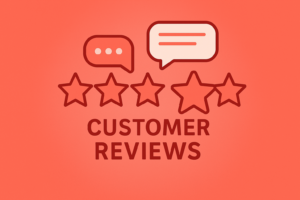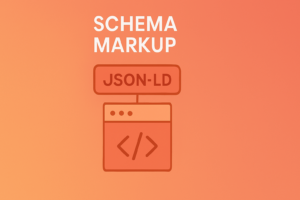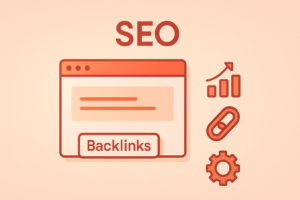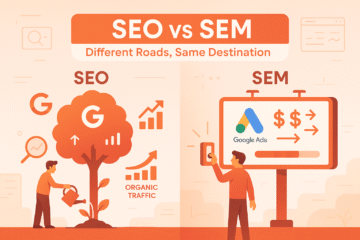The digital marketplace provides a lot of room for businesses to touch globally, but there is tremendous competition along with that generous space. While for e-commerce firms you need to be top in search engine results not only is it a great thing it is also probably the difference between surviving or dying. SEO is the only element of importance that gives visibility to an online store so that it can get seen by potential customers and get leads.
A fact, in reality, in new research, 75% of online surfers will never scroll past the first page of results. That makes it clear to see why search engine result page rankings are so important. When an e-commerce site can come through in the top position, it goes a long way toward being seen by more eyeballs and consequently an increase in organic traffic which results in sales. In this article, we will go over 15 actionable SEO Strategy for E-Commerce that an e-commerce business can take to do SEO better and be more successful in the online space.
SEO Strategy for E-Commerce
Tip 1: Conduct Comprehensive Keyword Research
For any successful SEO campaign on a website or e-commerce business, the first step is keyword research. This includes the nuts and bolts of understanding exactly what your target audiences are searching for when looking for products on the web, down to the exact words and terms. We have to find out not only what keywords have a high search volume but also the right indications, the transactional keywords that show a person is shopping and you get a long tail of the commercial type too.
Best keyword research tools such as Ahrefs, SEMrush, and Google Keyword Planner can provide you with insight into search trends and keyword popularity. Additionally, by researching the keywords a competitor can rank for you can find new avenues that are not exploited and structure your keyword strategy around this. It may appear attractive to target broad, high-volume keywords but for e-commerce, you should consider long tail keywords — longer, narrower terms that appeal to specific niches with a more direct goal in mind. The clearer specific needs businesses can fill, the more traffic with a higher conversion rate will be attracted.
Tip 2: Optimize Your Website’s Structure and Navigation
A proper website structure is essential for search engines and audiences alike. It guarantees that Google can crawl and index all relevant pages of your website effortlessly, whilst at the same time providing a frictionless, second nature browsing experience for users. Select a website structure that is simple and easy to scale, so you can grow as your business expands. Typically, this means that any product page should be within three clicks (max) from the homepage. Use straightforward and what I like to call “fishing hook” category names that directly relate to actual search terms users will be using.
Moreover, a big search box that provides filtering options can make the user experience smoother for the shopper to search and find the products they require. When a website is structured logically and the layout is friendly, it shows that the customer is happier and tells search engines as well that the site is easy to navigate, which is before good search rankings.
Tip 3: Enhance Product Page SEO
Product pages are the lifeblood of an e-commerce site, as they can move the needle on both search results and conversion. Hence, optimizing them is a key. In other words, title tags are your first step to generate high keyword-relevant titles (including product names and possibly certain searchers’ keywords for that product) when you start creating pages. The same goes for creating a narrative meta description that gives the reader an accurate sense of what the page is about and has a “click here” word or two appealing to the user to click through from the search results.
To provide more comprehensive information and meet search engines, generate separate unique, and comprehensive product descriptions.
Opt for 1000 words + descriptions, for your best-selling products. Generate the right descriptors within here; flit around some relevant keywords both top-finish and long tail as you can in a manner that sounds natural to the reader. Generic product descriptions supplied by manufacturers must be avoided as this causes duplicate content and can lead to bad SEO. Not only can building unique, rich descriptions for products lead search engines to tell it all, but it also serves value to potential customers and increases the chance they will purchase something.
Tip 4: Optimize Category Pages for Targeted Keywords
The Category pages are very important for users to navigate and compare related products on an e-commerce site. For maximum SEO value, group your products according to categories based on the research of plenty of keywords. After the categories are settled, include high-intent keywords in the titles, headings, and descriptions of these articles. Use primary buying keywords “buy [product category]’ or best[ product category] first, these terms reflect more or less the exact search queries that convince a user to buy. A well-optimized category page acts as an important landing page for broader search queries and helps customers at the beginning of their journey to find a specific product.
Tip 5: Craft Compelling Meta Titles and Descriptions
Meta titles and descriptions are the first things that are very important to drive clicks. As such, meta titles of 60 characters or less for display on the desktop are recommended as the reader may not see all of their text. Mobile: Aim for even shorter, UNDER 50 characters It’s for the Meta description to be ideally between 150-160 characters (longhand, give users a concise, interesting summary of what you know is showing up on that page answering that intent and driving them to the value) Include your target keywords in the title and description naturally, they will ideally be at the start of each. Employ action words and always state your USP to drive the clicks.
| Element | Recommended Length (Desktop) | Recommended Length (Mobile) | Key Best Practices |
|---|---|---|---|
| Meta Title | Under 60 characters | Under 50 characters | Prioritize key information upfront, include target keywords naturally, and use engaging words. |
| Meta Description | 150-160 characters | Around 120 characters | Address user intent, highlight value, naturally include target keywords, and use a call to action where appropriate. |
First and foremost, your meta descriptions should be a true summary of the information on the page. There are suggested length limitations, but the goal is to make snippets so that more people click on your link from the search results by being informative and relevant. Longer descriptions may be cut down or rewritten by Google if the algorithm doesn’t match the search query, which is why being as simple and relevant is crucial.
Tip 6: Utilize SEO-Friendly URLs
Provide context for search engines and website visitors about the page content via search engine-friendly URLs. Maintain short, readable, and page-oriented URLs Do your best to enclose your target keywords in some way within the URL scheme. Separate words with a hyphen (-) for URL, because this is the best format for search engines. Ideally, you should be able to keep your URL length to under 50 characters so it’s not cut off in search results. With product pages, one should in general only target the primary keyword as a product. Unambiguous URLs not only help the search engines understand what your page is about but also make sharing and remembering the link something that users want to do.
Tip 7: Leverage High-Quality Product Images with Alt Text
Your products need great-looking images, these help to present your wares and play an important role in your e-commerce SEO. Use several images, showing your merchandise from various perspectives — as different angles help to paint a fuller picture of what you might offer to the buyer. Your Image formats should be compressed for high quality and page speed; serve the web for good compression and keep on JPGs if higher quality is important to you or hero images etc. One of the essential SEO efforts is image optimization, one needs to describe what each image represents as alt text and make use of appropriate keyword(s) in their description.
Give descriptive names to your image files, in the process yet another keyword opportunity. Product images must be optimized so all product images load fast or else sluggish loading pages may result in a negative user experience and SEO rankings.
Tip 8: Build a Strong Internal Linking Strategy
Developing a good internal linking strategy is the key to both enhancing user navigation and higher search engine rankings. Internal links link important pages on your website to high-priority product and category pages — to distribute the link equity, as well as improve their possibility of getting rankings. For relevance, one kind of linking out from your content blog exercise is a post page — this gives the reader more value and leads closer to possible purchases.
Employ keyword-rich anchor text that is as close in phrase to the target of the page you are linking—ensuring readers are taken to relevant content. Not only does internal linking help search engine spiders discover and crawl more pages on your website, but it also engages users (takes them from one relevant piece of content to another)- which could lead to lower bounce rates and more time on site.
Tip 9: Focus on Mobile Optimization and Page Speed
Now, with the vast majority of online shopping moving over to mobiles, there is no excuse for not optimizing for mobile and treating it as an imperative. Make sure your e-commerce site is mobile responsive and will look great on any screen size (give users the best possible view experience on every device) The text should not need to be zoomed to read and buttons or links can be comfortably tapped away from a desktop-sized mobile screen. Just as critical too is the optimization of your site in terms of page load.
This ultimately results in high bounce rates and unhappy users who will soon be looking for another site to conduct their shopping. For page speed, here are things you can try to reduce that 5-second time — compress images, lazy load some of the visuals, and do some optimized coding for mobile navigation even if it breaks slowly but surely. Google’s mobile-first indexing work means that the mobile version of your site used to be more prominently indexed/ranked than the desktop version, so having a mobile site fast and user-friendly is essential for SEO.
Tip 10: Encourage and Manage Customer Reviews
Customer Reviews in Ultimate Authority Product reviews speak to authorities and hence can often swing purchasing decisions along with rankings. Instruct your customers to write reviews and ratings in your product pages, when they have at minimum tent rates for you optimistically because am starting to add some social proof. Reviews too have the natural language keywords that potential customers search for and do so in a similar way as will tell the search engines hence some more organic traffic since reviews.
In addition, businesses with full and well-managed Google Business profiles (meaning customer reviews) are seen as more legitimate and thus get more customers. By promoting and moderating reviews, you are creating a foundation for user-generated content that helps to add value to your e-commerce SEO, while also ensuring some trust and credibility.
Tip 11: Implement Schema Markup for Rich Snippets
Structured data is another name for a form of markup that you can place in your site’s HTML to inform search engines what your pages are about and thus become better at formatting content on your pages. Product schema markup will allow e-commerce websites to get rich snippets in the search results for things like star ratings, and price and availability. This increased visibility can result in your listings being more prominent than the competition, which may result in higher click-throughs and ultimately get more of the right kind of traffic to your product pages. Suggested using schema.org/Product in JSON-LD for best practices.
Tip 12: Create Valuable Blog Content for E-commerce SEO
One of the best ways to draw search-based traffic and target broader keywords is by creating work and informative blog posts. Instead, focus on creating real helpful content — think product side-by-side comparisons, “best of” listicles, and how-to guides that speak to the pain points and queries of your target persona.
Include related keywords in your blog posts like “digital marketing strategies“, “small business SEO tips”, “beginner SEO tips”, “product pages SEO for e-commerce”, “e-commerce SEO strategy”, “SEO for the new website” and “SEO course” naturally. Address some of the most common questions (FAQs) and give comprehensive, long-form guides in your area or niche. Your blog also can be a great source for adding internal linking back to your product and category pages, which is killer SEO.
Tip 13: Build High-Authority Backlinks
Backlinks (aka a link from other search engine reputable websites to your site) are one of the main factors the search engine algorithms care about in ranking. Look to land those high-quality backlinks from sites that are relevant and authoritative in your industry. Some methods for creating backlinks are guest posting on other sites, pitching to bloggers/journalists for product reviews, and producing a valuable piece of content others will find — thereby naturally linking back. Think about applying the “product feedback” method and try to provide top popular reviewers in your niche with an uncommon product. Also, keep an eye out for unlinked mentions of your brand online and send a follow-up for a backlink.
Tip 14: Optimize for Local SEO if Applicable
Local search engine optimization should be top of mind for e-commerce sites that also have brick-and-mortar stores, and local customers are the new norm. Build local pages specific to each of your physical store locations on your website each one that includes address, phone number, and hours of business. Have a clean/comprehensive Google Business Profile — this is super important to show up on local searches and in local listings (including Google Maps). Monitor and Respond: Maintains your online reviews on local business directories by actively monitoring & responding to new 5-star reviews to establish trust and increase local search visibility.
Tip 15: Monitor, Analyze, and Adapt Your SEO Strategy
SEO is not just a one-time thing, but a process that needs to be monitored constantly, analyzed, and repeated. Keep track of some important KPIs (especially organic traffic, conversions from organic traffic, and how your target keywords are ranking on SERPs) regularly. Use tools (i.e., Google Analytics and Google Search Console ) to track the way your website is performing, how you can do better on it, and what kind of interaction users have with your site. Keep track of SEO news, Google algorithm updates and the latest SEO blogs from those who truly know. The answer is SEO is ever-changing so for long-term success, you need to keep an eye on and tweak your strategy as a regular practice.
Final Words: Driving Sustainable Growth with Effective E-commerce SEO
Incorporating these 15 fixes onto your e-commerce website will drastically enhance the SEO of your site (organic traffic, conversions, and finally, business success). A holistic strategy encompassing technical SEO, on-page tactics, quality content, t, and link building is the only way to achieve sustainable growth in organic search results. To be successful in the SEO game of e-commerce long term, you need to put in regular effort, monitor all the time,e and keep yourself updated with changing factors that happen in the world of SEO.

